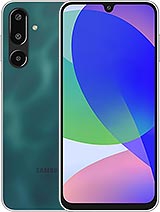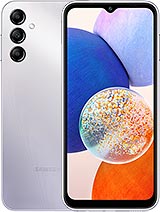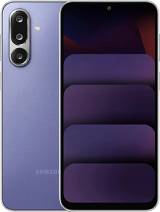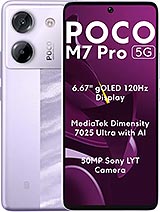CMF Phone 2 Pro alternatives
Tap above to see alternatives.
Oppo K13x alternatives
Tap above to see alternatives.
CMF Phone 2 Pro

CMF Phone 2 Pro
-
Dimensity 7300
4 nm
-
5000 mAh
33W
-
6.77"
1080 x 2392 pixels
-
50 MP
4K@30fps
-
Specs

4x2.5 GHz Cortex-A78
4x2.0 GHz Cortex-A55
2x2.4 GHz Cortex-A76
6x2.0 GHz Cortex-A55
8GB 256GB (UFS 2.2)
6GB 128GB (UFS 2.2)
8GB 256GB (UFS 2.2)
f/1.9, 24mm (wide), 1/1.57", 1.0µm, Samsung GN9, dual pixel PDAF
50 MP
f/1.9, 50mm (telephoto), 1/2.88", OmniVision OV50D, PDAF, 2x optical zoom
8 MP
f/2.2, 15mm, 120˚ (ultrawide), 1/4.0", 1.12µm, GalaxyCore GC08A8
OmniVision OV50D, f/1.8, (wide), PDAF
2 MP,
f/2.4, (Mono)
1080p@30/60/120fps
f/2.0, 22mm (wide), 1/3.0", GalaxyCore GC16B3C
GalaxyCore GC08A8, f/2.0, (wide)
SIM1: Nano, SIM2: Nano (Hybrid)
SIM1: Nano, SIM2: Nano (Hybrid)
16 5G bands
n1, n2, n3, n5, n7, n8, n12, n20, n28, n38, n40, n41, n66, n71, n77, n78
9 5G bands
n1, n3, n5, n8, n28, n40, n41, n77, n78
In this performance comparison, the CMF Phone 2 Pro with its Mediatek Dimensity 7300 (4nm) performs better than the Oppo K13x with the Mediatek Dimensity 6300 (6nm), thanks to superior chipset efficiency.
CMF Phone 2 Pro offers 3 years of OS updates, whereas Oppo K13x provides 2 years. For security updates, CMF Phone 2 Pro offers 6 years of support compared to Oppo K13x's 3 years.
CMF Phone 2 Pro features a superior AMOLED display, while Oppo K13x comes with an LCD panel. Both smartphones offer the same 120 Hz refresh rate. CMF Phone 2 Pro also boasts a brighter screen with 3000 nits of peak brightness, enhancing outdoor visibility. Notably, CMF Phone 2 Pro offers a higher screen resolution, resulting in sharper visuals and more detailed content.
Oppo K13x features a larger 6000 mAh battery, potentially delivering better battery life. Oppo K13x also supports faster wired charging at 45W, compared to 33W on CMF Phone 2 Pro.
Oppo K13x offers better protection against water and dust with an IP65 rating.
- CMF Phone 2 Pro – Check price here
¹ Scores can vary even with the same chipset due to RAM, thermals, and software optimization.











